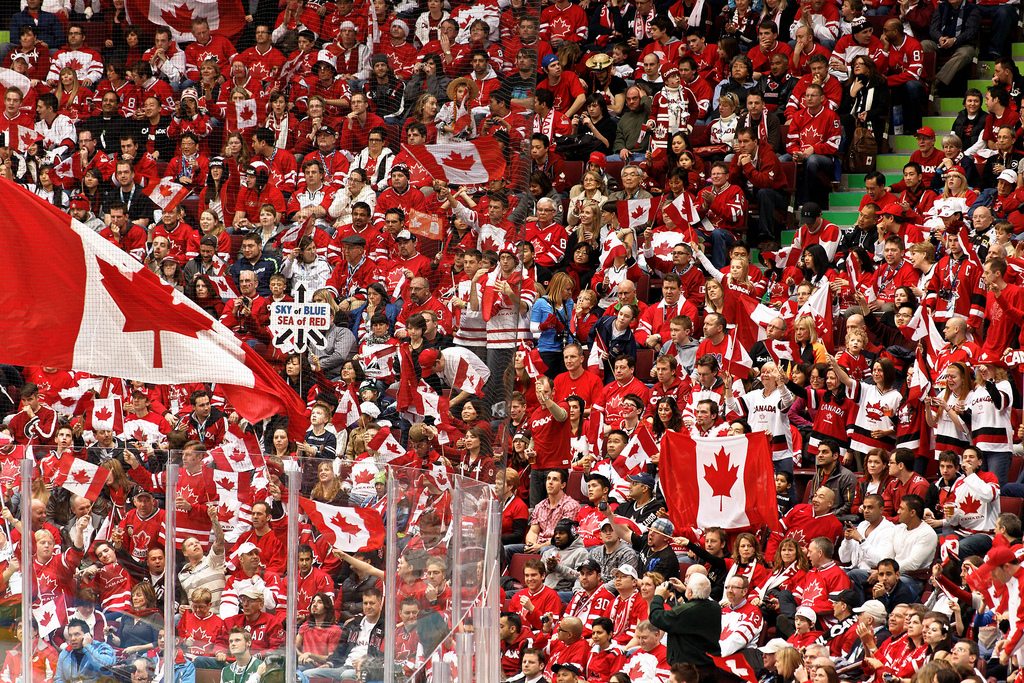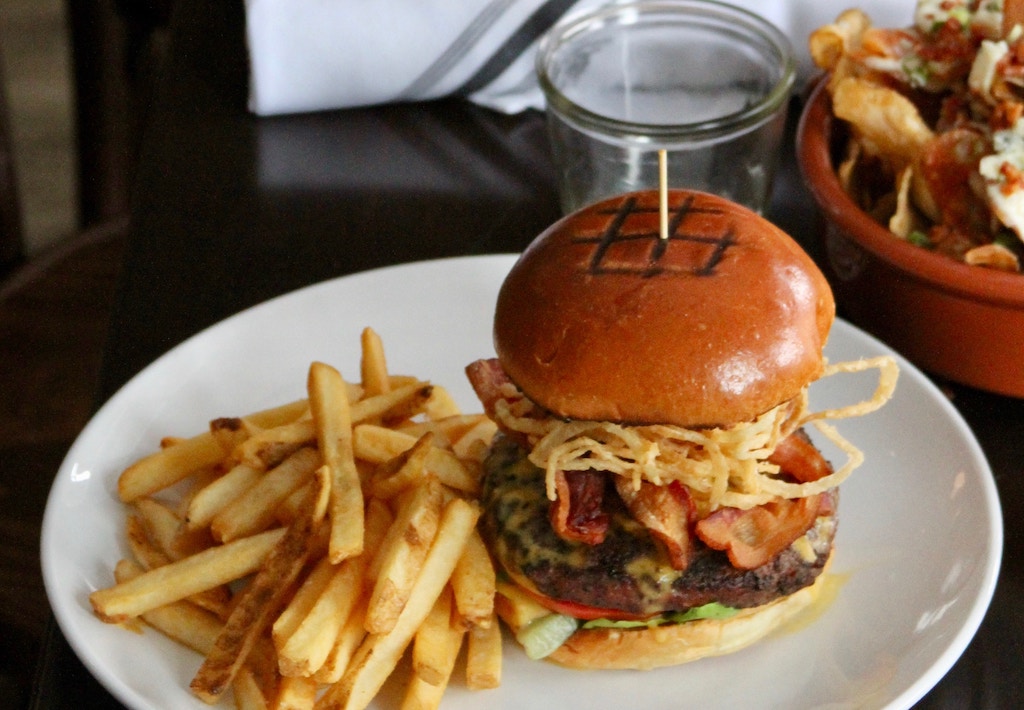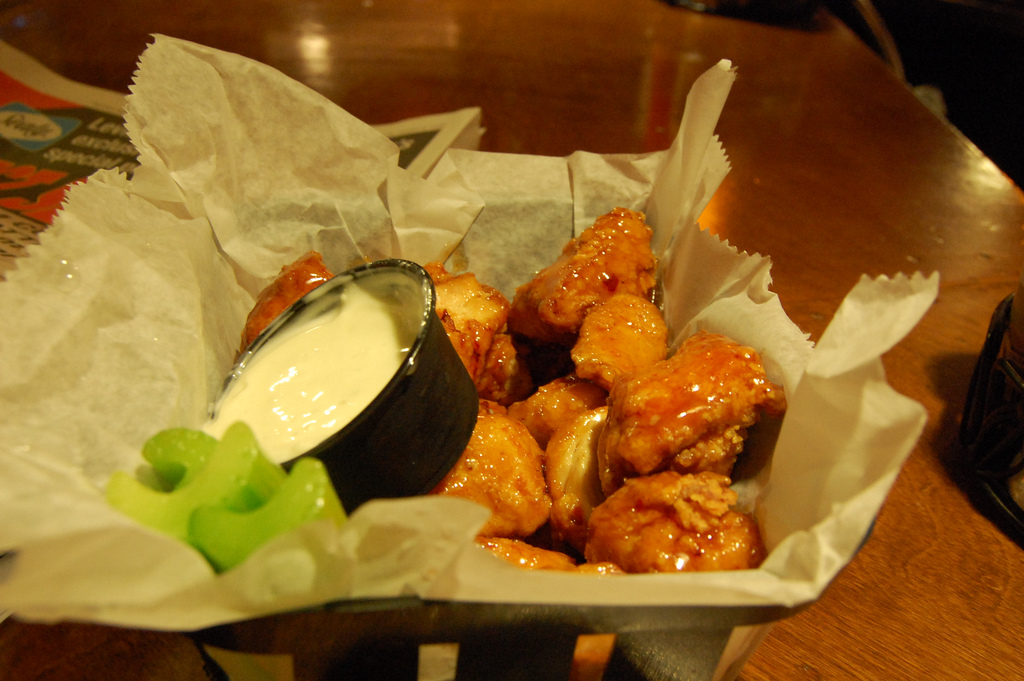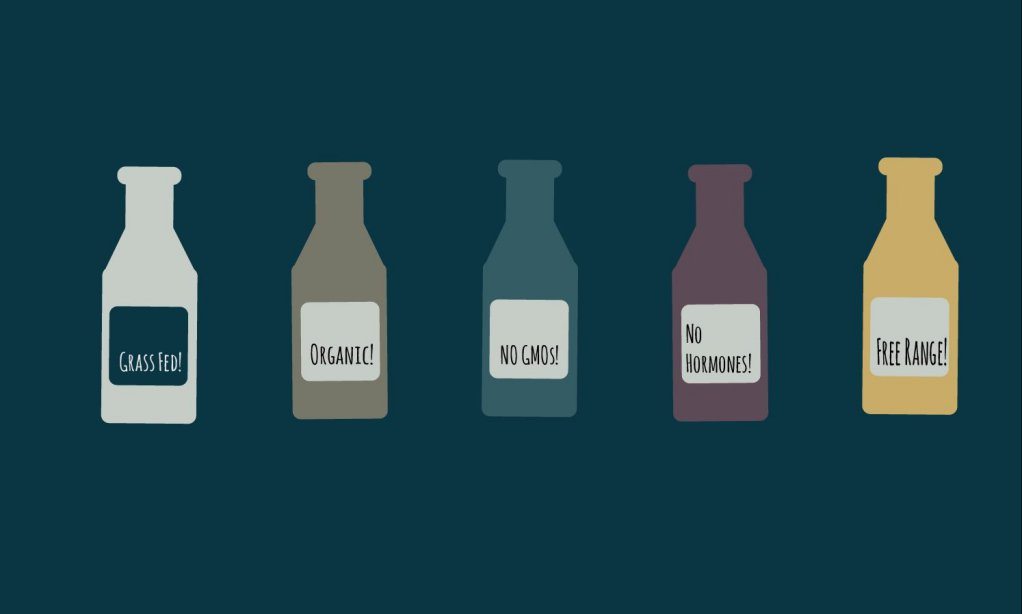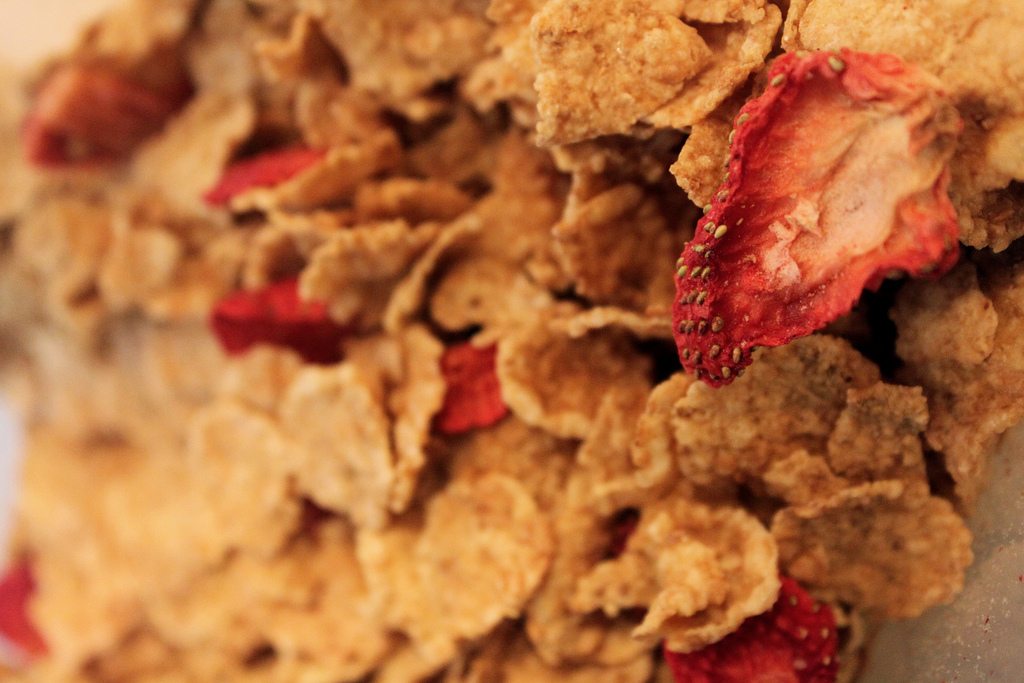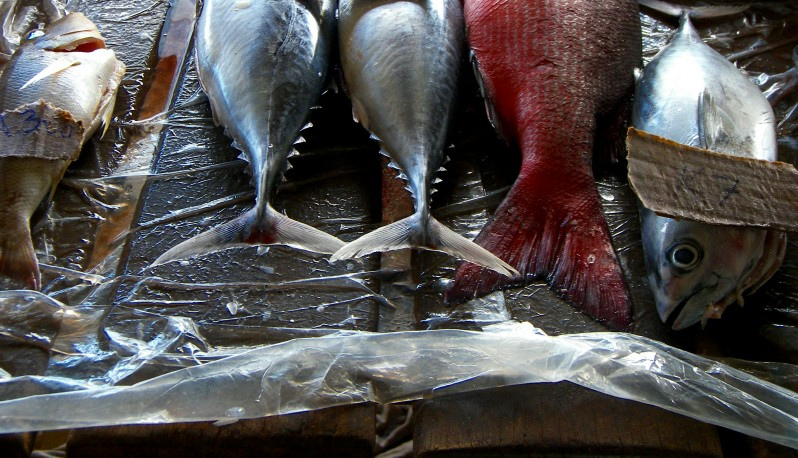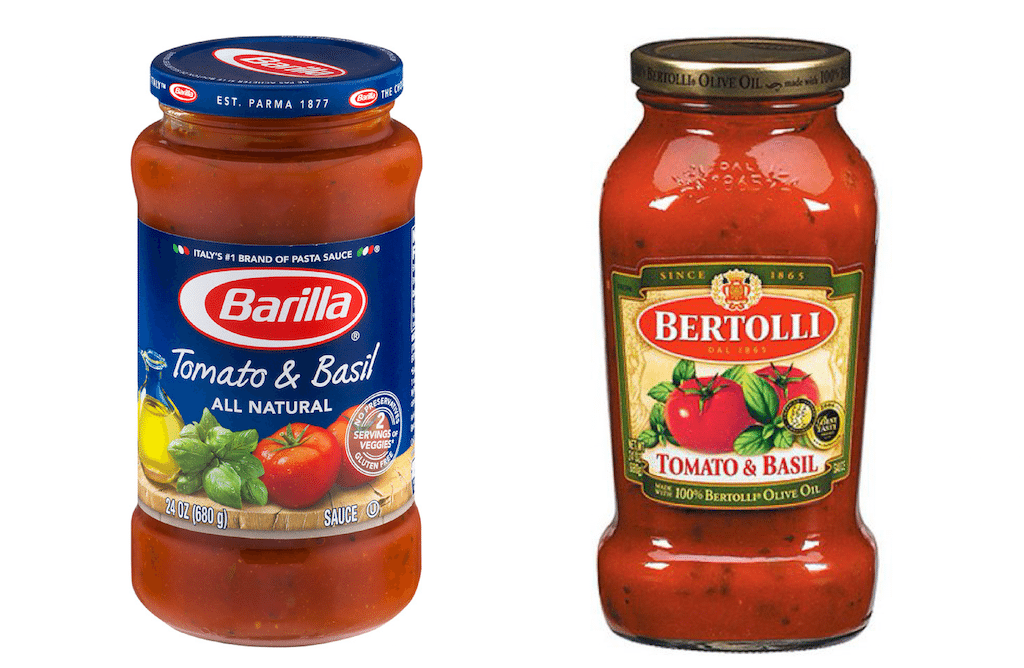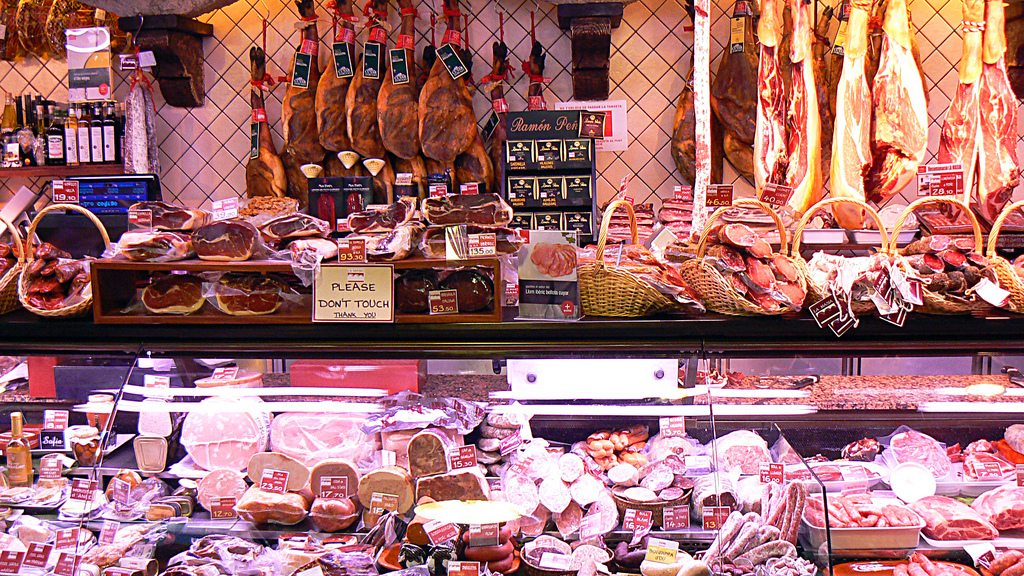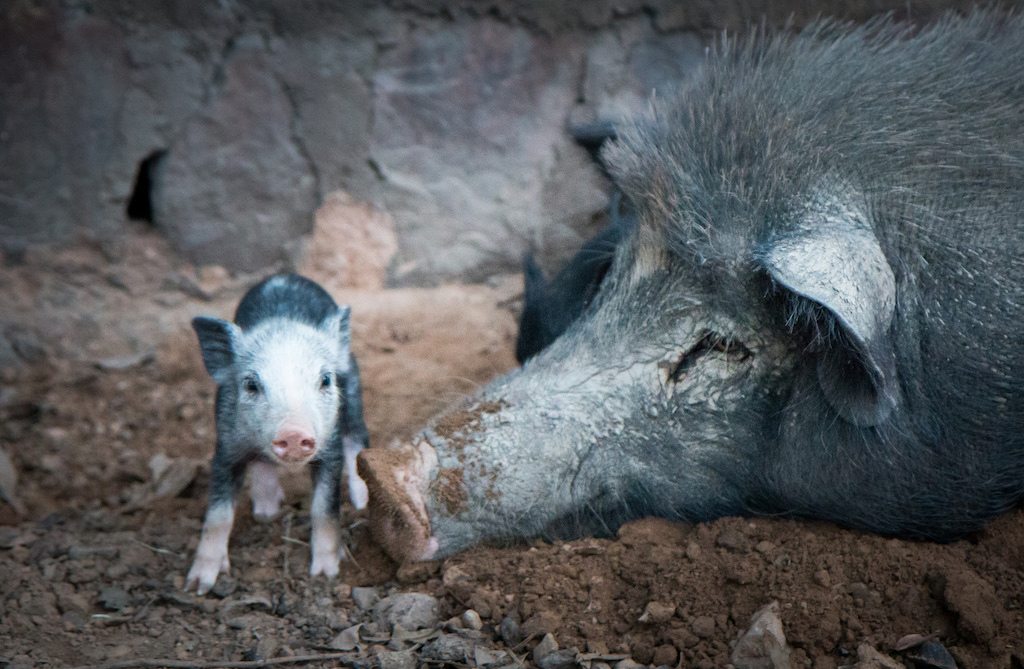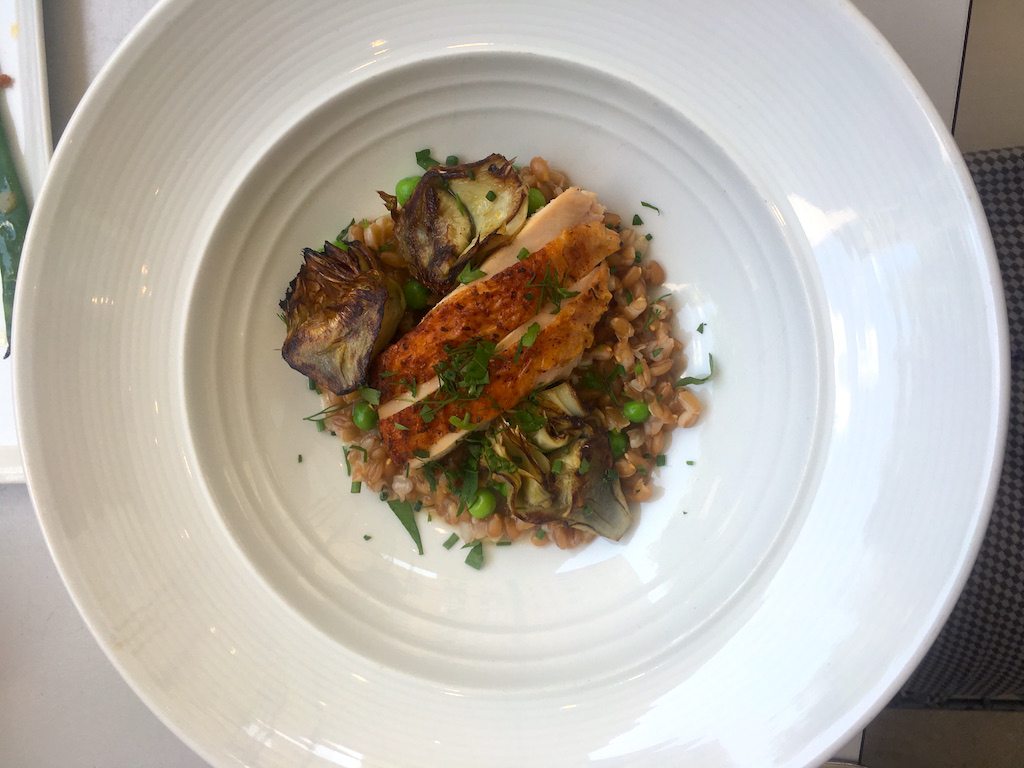
It’s safe to say alternative grains have gone mainstream. General Mills rolled out “Cheerios + Ancient Grains” (Spelt! Kamut!) back in 2014, Trader Joe’s sells a ten-minute farro, and even quinoa’s moment might have passed: Google’s 2016 Food Trend report named it a “seasonal decliner.”
Trendy or no, grains-that-aren’t-white-rice-or-wheat come with serious economic and environmental benefits for farmers. We’ve written tons about that here, here, here, and here. And soon, there might be an even newer alternative grain gracing plates at high-end restaurants and stealing kernza’s spotlight. It’s barley. But it’s naked.
If naked barley’s name connotes wholesome fields of grain unblemished by pesticides and tractor tires, the names of its individual varieties have distinctly bawdy overtones: Think “Streaker” and “Buck.”
Cornell professor Mark Sorrells and June Russell, leader of GrowNYC’s Regional Grain Project, have set their sights on the new grain. Pretty soon, farms around the United States will plant their first naked barley crops. And that’s when the real work starts.
A quick note on barley anatomy: The kind you’re used to eating in soup—pearl or pearled barley—grows with the hull attached to the kernel you actually eat. The hull is typically removed, a process that Sorrells compares to sanding. But the sanding process also strips the kernel of fiber and nutrients. “That takes all the nutritional value away from it, because you take off the seed coat and the embryo and you’re just left with starch,” he says.
What the researchers are trying to promote is a version of barley where the hull naturally separates from the seed, leaving all the fiber and nutrients behind. “You can use the whole grain. And then you benefit from all those nutritional qualities that are in the outer part of the kernel, just like whole wheat bread,” says Sorrells.
According to Bangor University’s Naked Barley Project, the genetic mutation that loosens the hull—turning the barley we’re used to eating into naked barley—has been around for 8,000 years. Naked barley is considered a “forgotten crop” because it fell out of favor when bread wheat was introduced and people stopped eating so much barley. Its hulled counterpart stayed popular as animal feed and for use in brewing beer.
More recently, naked barley has been bred on a small scale in Canada to feed livestock. But Sorrells and Russell are hoping they’ll be able to convince U.S. consumers to put it on their plates. They’ve got funding from the United States Department of Agriculture (USDA) for three years to look at developing a market for the grain. That means that starting in September, they’ll work on helping farmers grow it, helping processors market it, and, of course, encouraging people to eat it.
 Claire Brown
Claire Brown Heirloom tomatoes with cracked spelt tabbouleh, yogurt, and sumac at Untitled restaurant in New York City.
Sorrells works on the plant breeding and genetics side of the equation, but Russell’s job is to get the grain to consumers, whether it be in flour form or brewed into beer. She’s been working for the last decade to piece together the marketing side of the equation for other alternative grains like spelt, emmer, and einkorn. Her Regional Grains Project, a part of GrowNYC’s Greenmarket, works to connect the dots between farmers, millers, chefs, bakers, distillers, brewers, and—most importantly—eaters.
Though she’s tried selling alternative grains through Greenmarket’s wholesale program, she’s found the greatest success in simply setting up a grains tent at New York City farmers’ markets. There, she and her employees sell a dizzying variety of pastry flours, emmer pastas, whole grain spelt, and einkorn macaroni to professional chefs and passionate home cooks alike. At last count, they had 142 different products lined up. “We’re depending on [June] and her grain stand to develop a market for organic naked barley,” Sorrells admits.
This fall, the team at Cornell will start to distribute free germplasm to partners in Wisconsin, Minnesota, Oregon, Washington, and New York. They’re hoping the first year will yield a few hundred pounds of naked barley—enough to taste test, evaluate for malting quality (who says naked barley doesn’t make good beer?), and try as animal feed. Marketing coordinators in Minnesota, Wisconsin, and Oregon—Russell’s local counterparts—will work on getting the grain onto menus.
Grains like naked barley have a lower yield than white wheat—there’s a reason white flour is so cheap and abundant. But further down the road, alternative grains offer a promising alternative to mainstream crops that are vulnerable to changing weather patterns, and Russell says farmers have told her the crop is also efficient at replacing organic matter in the soil. “They’re lower yielding, but they’re more resilient,” she says. Can’t argue with that.

